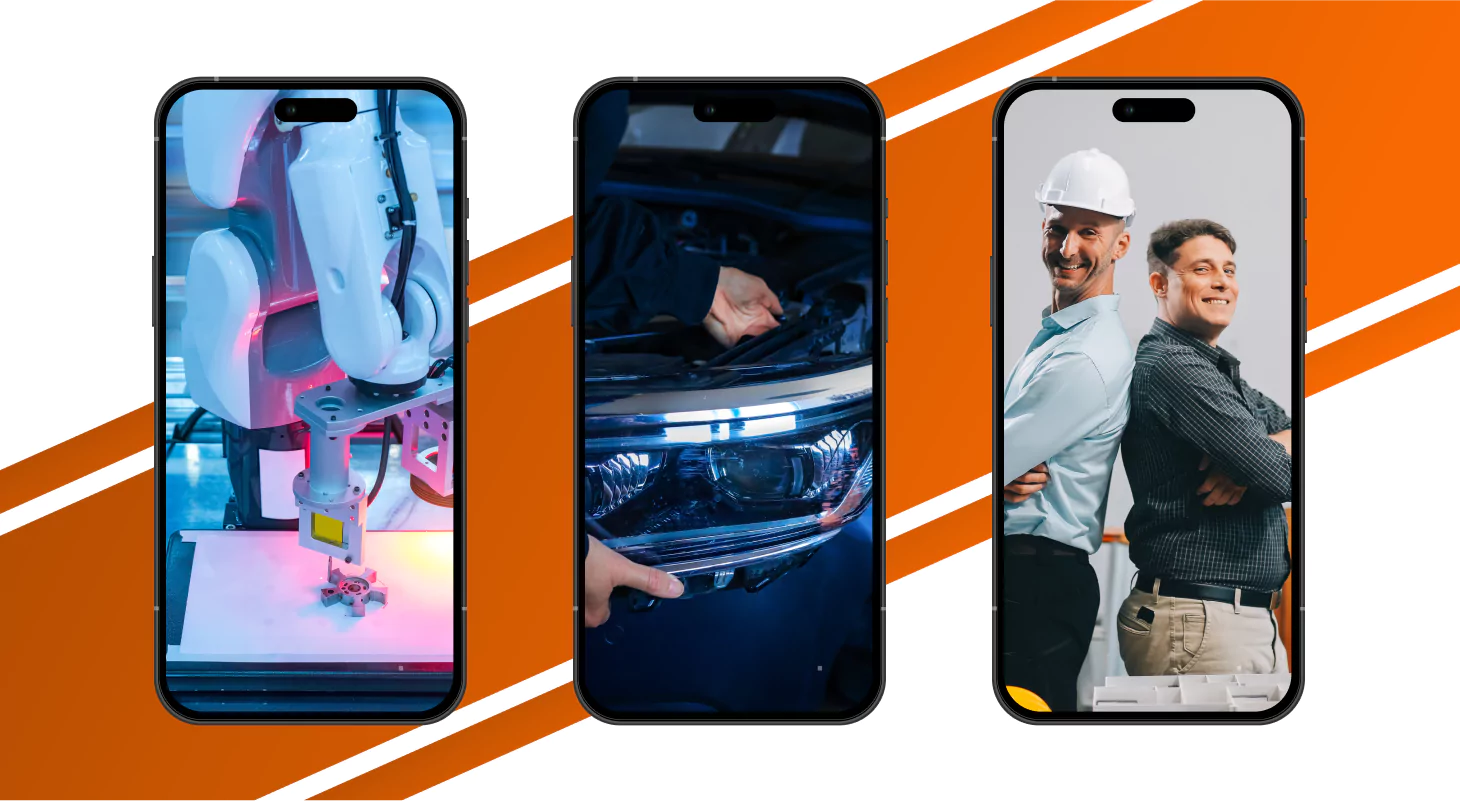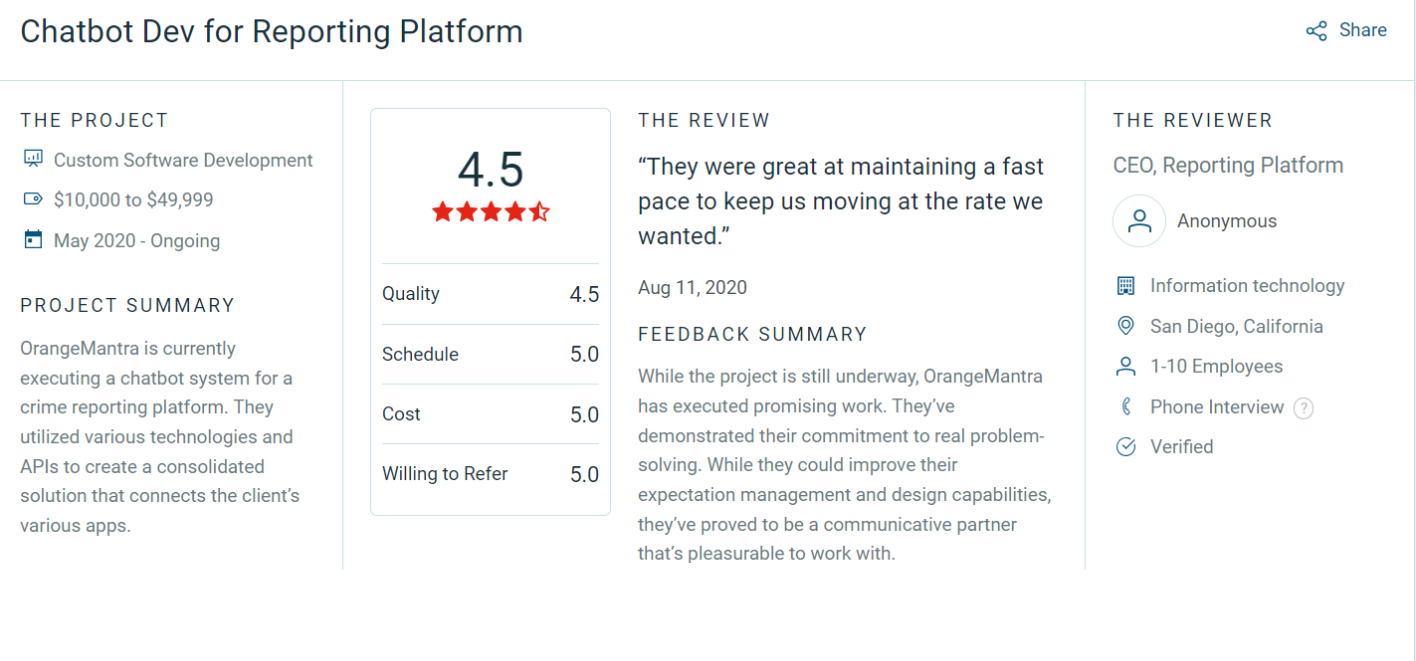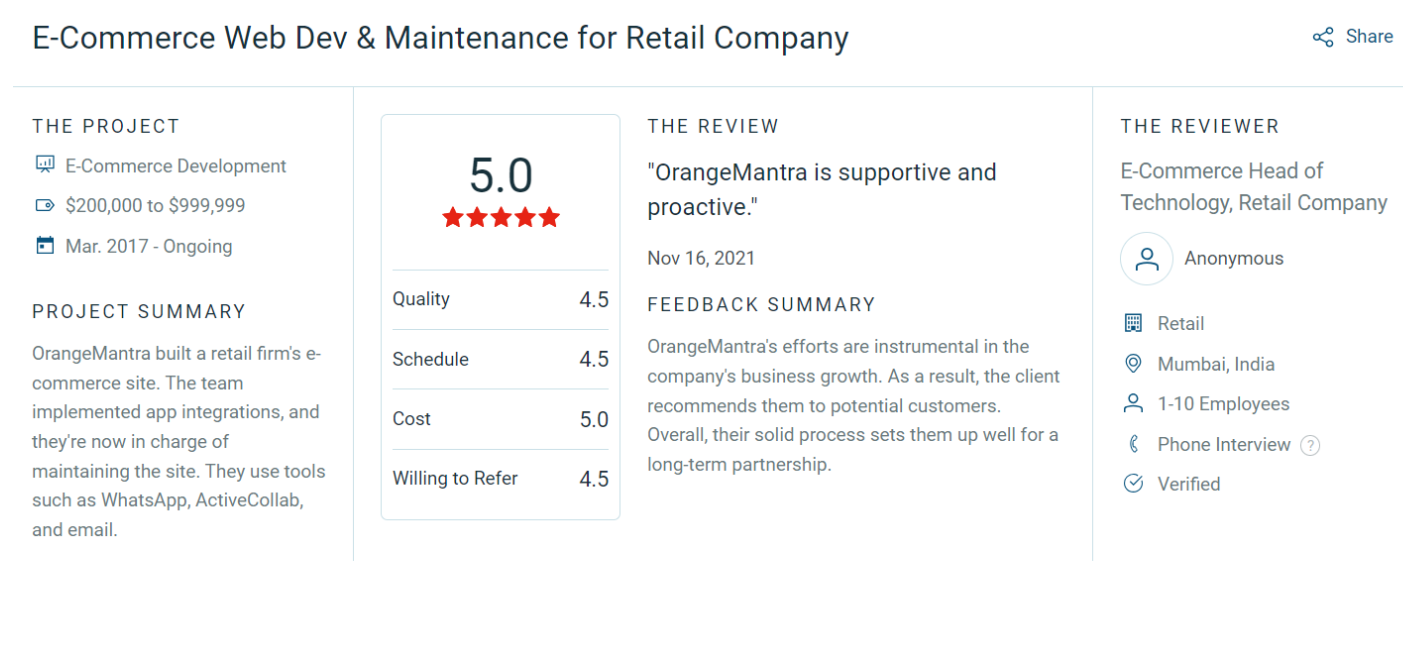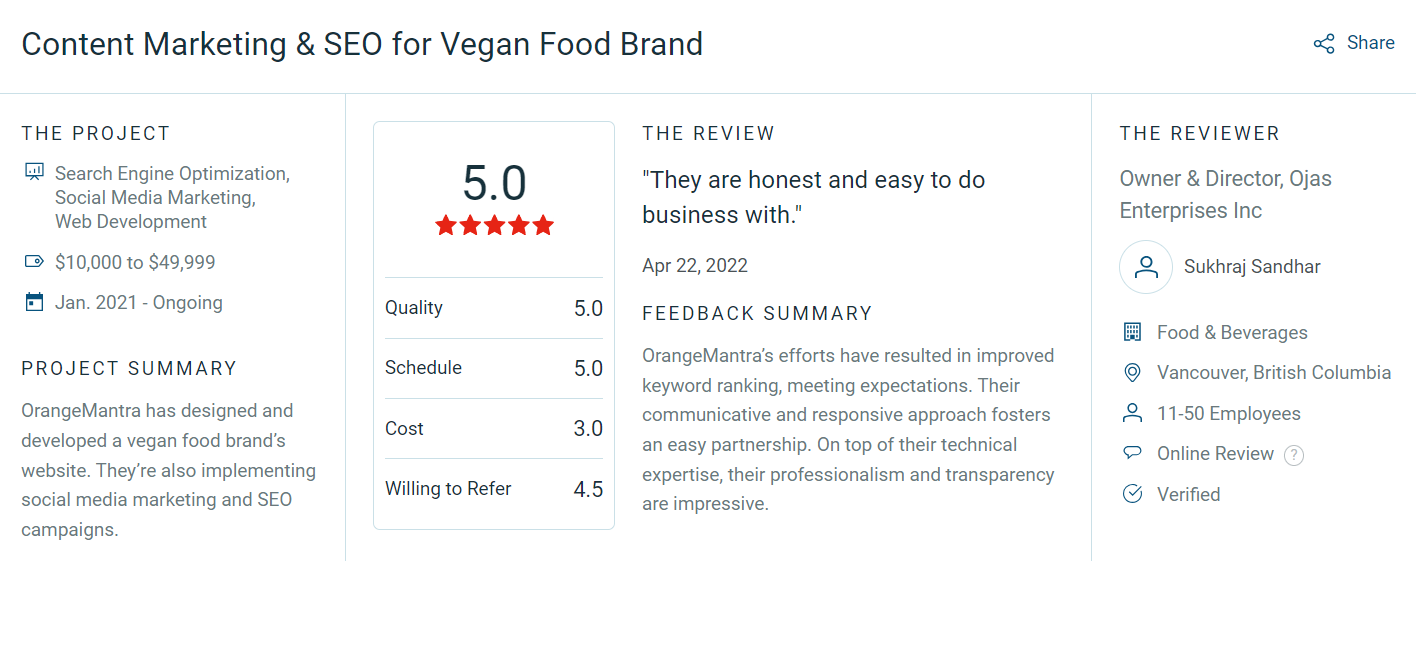The Problem – Manual Inspections Missed Small Yet Costly Defects
The client's inspection teams were checking thousands of parts daily across multiple shifts. Minor visual defects were often missed, leading to rework at later stages or, worse, customer complaints after delivery. High variability in human inspections caused inconsistent quality. The client needed an automated solution that could inspect every component without slowing down the line.











